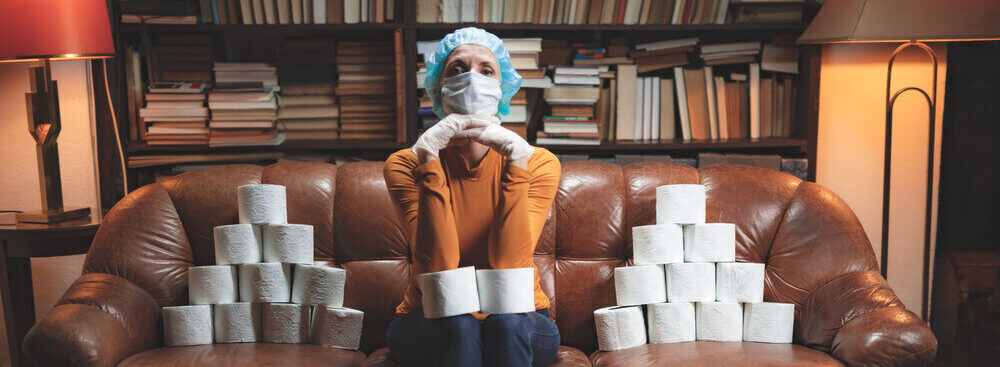What drives buying behavior?
Buying behavior is based on some of the most basic emotional drivers: survival and status. What people believe they need is more important than any information that may inform them otherwise. How we act is essentially an emotionally-based experience that drives us and we then translate our choices into logical and rational reasoning that we have carefully figured out after the fact.
This is especially true when it comes to brands and products we think we need. This is why advertising for Ginsu knives and Ninja blenders on late-night TV actually drove sales. They made you believe you needed them. Even today the QVC channel makes millions and millions on what viewers think they will miss out on. We believe what we need. We don’t think it through.
For brands this is important. Since the pandemic exploded on the scene in March of this year and quarantines were implemented within days across the US and the world, one particular item flew off the shelves so fast it was amazing: toilet paper. There are so many other things I thought would have driven priority spending — but toilet paper?
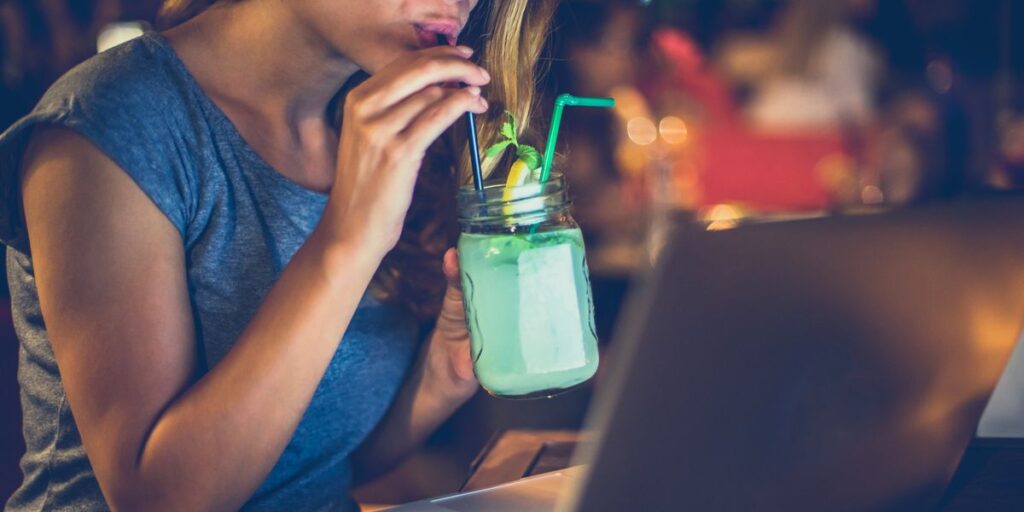
More Zoom parties, more Tequila, please
It’s true that the increased consumer spend reached across many categories including bottled water, canned beans, frozen pizzas, red meat (particularly hamburger), pasta and sauce as well as, of course, anti-bacterial sprays and bleach-based products (which are now selling at 4 to 5 times their normal price on Amazon!). However, one surprise product that took off was tequila. Sales across all brands skyrocketed with a 55% increase, while wine went up 29.5% and beer only 11.8%.
Tequila sales across all brands skyrocketed with a 55% increase, while wine went up 29.5% and beer only 11.8%.
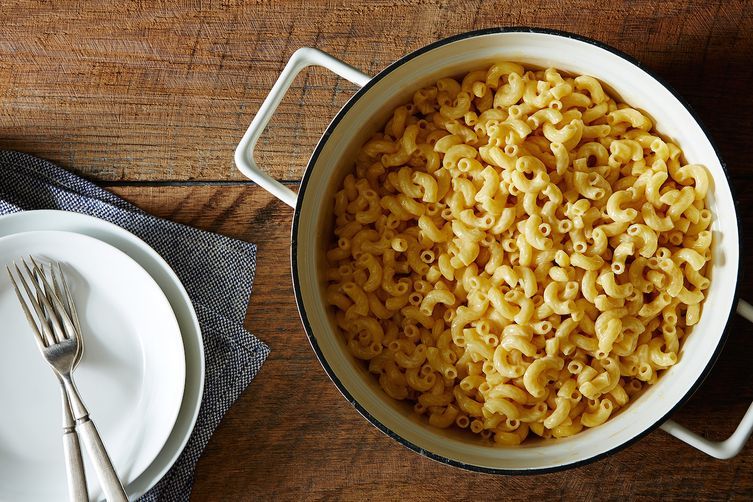
Comfort foods and brands did well while healthier foods did not
In general, healthier foods that focus on reduced calories, natural or alternative, or unique ingredients saw losses while good old fashioned mac and cheese and the “comfort foods” increased in sales. In particular, brands we all know, such as Campbell’s and Kraft Mac and Cheese, did very well.
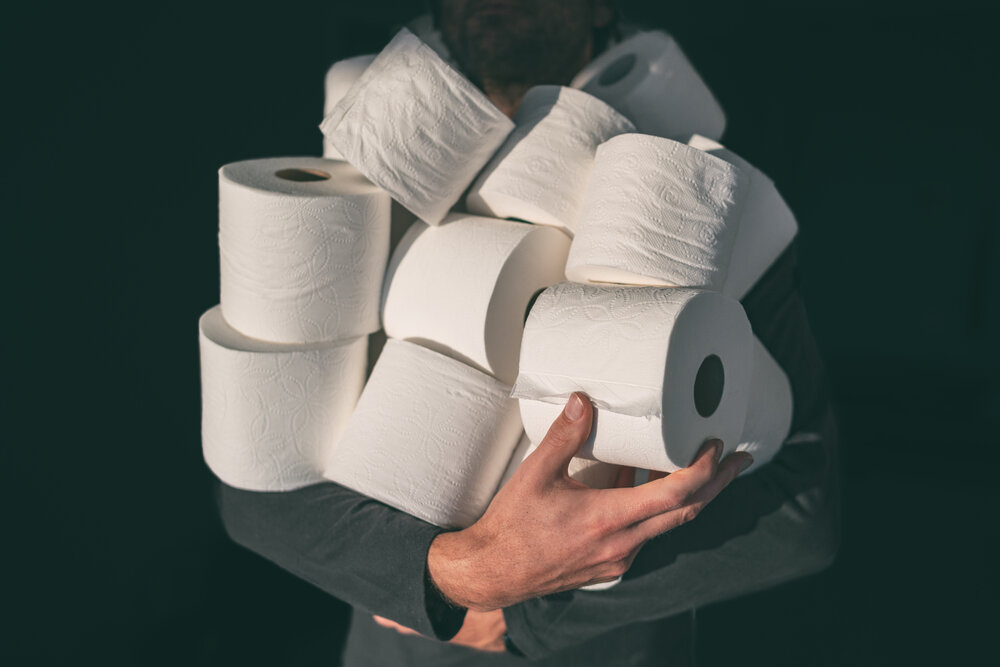
Five years of toilet paper were purchased in just 4 weeks
In general, healthier foods that focus on reduced calories, natural or alternative, or unique ingredients saw losses while good old fashioned But now back to the basics. A product we rarely think about except when we need it and don’t really think of it as a brand but a necessity — toilet paper. According to the industry, consumers purchased five years’ worth of toilet paper in 4 weeks. You can’t put this down to people having to go to the bathroom more, or less usage at the office because people are home. This increase in purchasing is a mega-scale increase, mostly because of one thing – fear and uncertainty about the future especially at the beginning of the pandemic lockdowns.
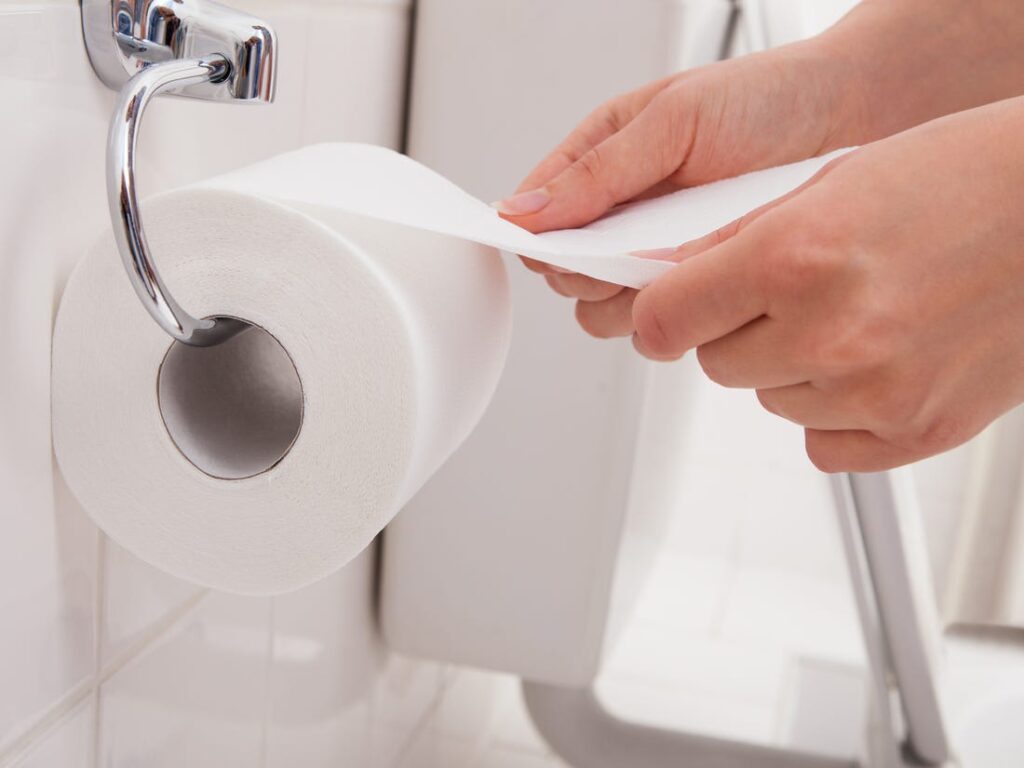
One sheet at a time, please
At times of fear, all rational or everyday assumptions disappear and we start looking out for what we may lose. In the case of toilet paper, it’s something we can’t “binge use” so what’s going to happen? Under most circumstances, everyone uses exactly the same amount of toilet paper in a week as they did the week before. What’s going to happen to all this toilet paper? The real question is will we see a massive drop in toilet paper sales as consumers begin to realize what they may have purchased? Maybe it was just a bit too much.
We shall see.
[/et_pb_text][/et_pb_column][/et_pb_row][/et_pb_section]